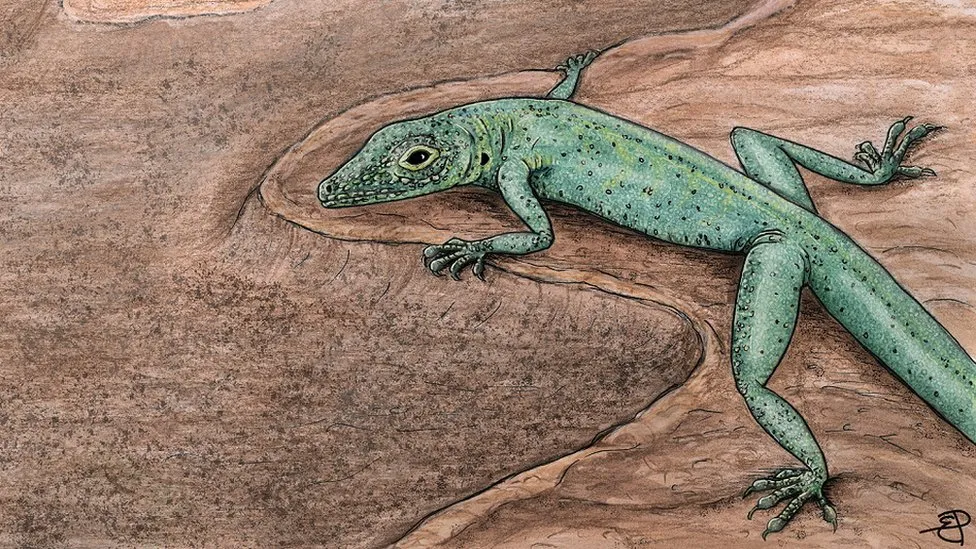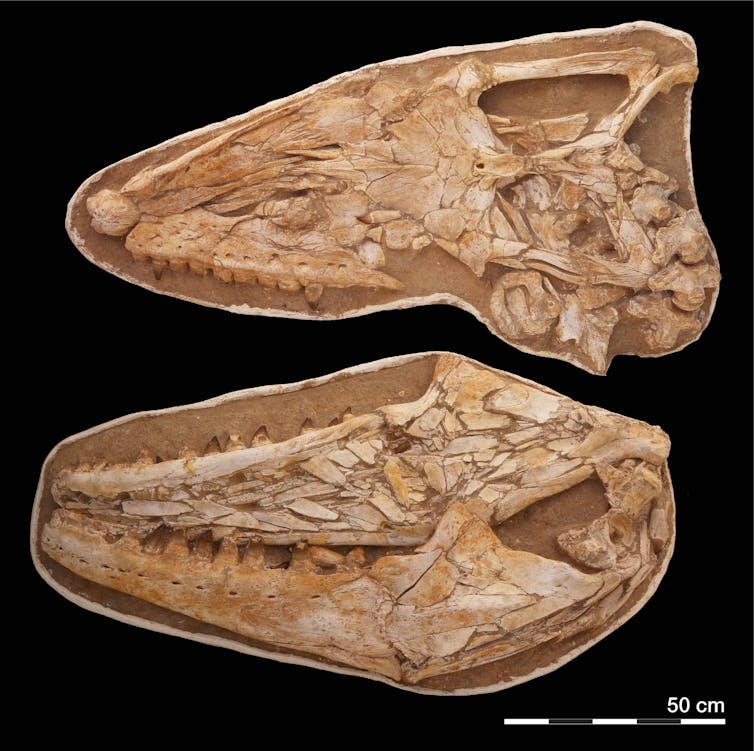Nick Chidlaw Field Course
Nick Chidlaw has asked me to publicise this Field Course he is organising in late November.
-----------------------------------------
Title: CONTRASTS IN THE MIDDLE JURASSIC STRATA OF THE COTSWOLDS: deposition at the margin and near-centre of a subsiding pre-North Atlantic rift basin
Saturday 19th November 9.00 am - 4.00 pm (sunset at about 4 pm).
During the Middle part of the Jurassic period, around 170 million years ago, the crust that became the British Isles was located at about 45 degrees north of the equator and the global climate was much warmer than today, with very limited evidence for ice in the polar regions. The British crust formed a series of islands surrounded by shallow seas, at times only a few meters deep. The islands were well-vegetated and populated by a wide range of animals, dominated by the dinosaurs. In the shallow seas life was also highly varied and included a variety of shellfish and larger animals including marine reptiles.
At this time, the Atlantic Ocean had not yet opened; Africa and and South America were joined together and the North Atlantic was beginning to open between what is now north west Africa and the eastern seaboard of the United States. To the north, the crust remained joined, but was characterised by a mosaic of active rift basins in which sediment accumulated in greater quantities than intervening areas where less subsidence took place. In the British area, many of these basins and intervening areas were present; here, rifting had been most active during the preceding Triassic, but was continuing to influence subsidence and sedimentation in the Early and Middle Jurassic.
In the west of England and south west Midlands, one of these basins, known as the Severn Basin, was present; it was uplifted and eroded on its north west side in later geological times, so that some of its infill was removed by erosion. Its Middle Jurassic strata now form the Cotswold Hills. The marginal faults of the rift basin are north-south orientated; those on its western side run along the east side of the Malvern Hills and Forest of Dean, and continue southwards just to the west of the Cotswolds in the Dursley - Wotton under Edge area; those on its eastern side lie along the Gloucestershire - Oxfordshire border.
This course looks at extensive exposures in the Inferior Oolite Group of Middle Jurassic age in the Cotswolds: one near the western margin of the Severn Basin at Breakheart Quarry, near Dursley, and the other near the centre of the Basin, at Leckhampton Hill, near Cheltenham. The Inferior Oolite Group of the Cotswolds is divided up into many rock-stratigraphic units, enabling detailed comparisons to be made between one area and another. At the two locations to be visited can be demonstrated how the strata change in thickness and type, with some of the rock units not present at the basin margins. Breakheart Quarry is to be visited first in the morning , then we travel to Leckhampton Hill for the afternoon.
No previous knowledge of geology or the area will be assumed for those wishing to enrol on the course.
A handout outlining the day’s programme, including location sketch map, illustrated geological history and written log of the succession of strata, will be forwarded in advance of the course to those enrolled.
Note that enrollees will need to:
* Arrange their own transport
* Bring a packed lunch and any refreshments (e.g. flask of coffee, fruit juice, mineral water etc.)
* Wear strong footwear with good tread and ankle support, and have waterproof clothing if weather is poor.
* Hard hats will be needed at the second location for this course - they will not be needed for the first. If you do not have a hard hat, I can lend you one (let me know in advance).
Attendees will be insured against accident for the duration of the course.
Tuition fee: £30.00
Contact tutor Dr Nick Chidlaw nickchidlaw@gmail.com to enrol and for any queries.
Deadline for course viability: Friday 4th November . If the course has become viable (minimum of 10 enrolments) by this date, enrolments will be able to continue until Saturday 12th November.
Breakheart Quarry, Dursley, Glos. View showing the lower quarry and impression of the extensive nature of the workings. Here it is possible to walk across sea beds that have been bored into by marine organisms and which have the remains of oysters attached . Quarrying has long ceased; the site is now a run by a registered charity Breakheart Community Project; it is open to the public.
Workings in the upper part of the quarries on Leckhampton Hill, Cheltenham, Glos. We examine this section, together with others below and above. The Hill has many footpaths, giving full public access.















